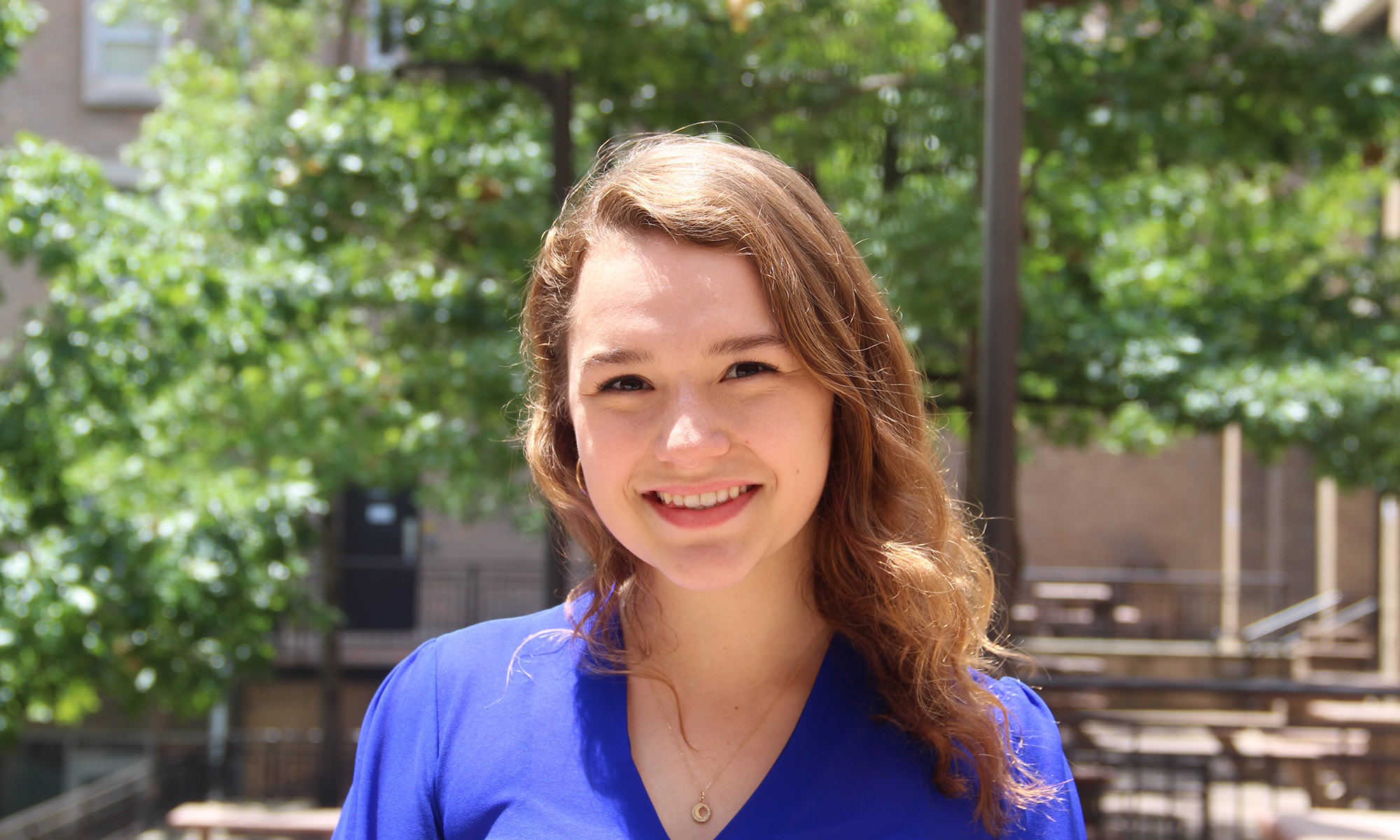Alumni, Digital Leadership Experiences
GDx Tournament Director Maya Navar lauds potential in NHI’s digital space

This story is by Tomas Miriti Pacheco.
Maya Navar’s relationship with NHI runs deep.
It started in 2015, when she represented her hometown of El Paso in the Texas Great Debate. She then went on to attend the 2016 California LDZ and the 2017 Northeast CWS. Upon her graduation, she returned to NHI as a volunteer, serving as a Head Coach for the Great Debate, a Junior Counselor, a Senior Counselor, and Secretary of State for the LDZ.
Navar, a rising sophomore at Stanford University and a 2020 John F. Lopez Intern, took on perhaps her most ambitious post this summer. She served as Tournament Director for the first-ever GDx program; there, she had the opportunity to take her knowledge and experience and apply it toward NHI’s digital future.
“It was a really interesting time to reimagine the structure and maintain the integrity of the program, the magic of the program,” she observed. “That’s one of the reasons why NHI is so special, because it has this unique ability to bring people together and create a fantastic environment in a short amount of time.”
Her fascination with the process of this reimagining was something she was reflecting on despite, as she put it, “lots of long Zoom calls with HQ, Interns, and tournament staff.”
“We were thinking about the essence of the program and the big ideas we wanted to transfer over, like how to get people excited for the Sweet Sixteen and who’s moving on in the elimination rounds,” she reflected. “Once we figured out how to keep those exciting pieces, it was a lot easier to translate things over from in-person experiences to Zoom.”
That necessitated some restructuring of the Great Debate in order to have it work online. “One of the biggest challenges in designing the GDx was figuring out the ‘rooms’ where competitions would happen,” she noted. “In a traditional Great Debate, you have all these rooms people have access to at UT Austin or Austin College, and the program is structured around that. The round matchups are made in that way, it’s how you know who is competing against who, and who will be judging which round. We had a lot of awesome people working at the local level, who were running some ‘test programs’ that allowed us to see other ways of running the program from a logistical standpoint. But even the seemingly insignificant changes we made to our approach would end up drastically changing the way the program was run.”
Being responsible for such changes was a challenge for Navar, but she found that the open-mindedness she had cultivated as an NHIer was exactly the resource she needed to face it. “It was interesting having watched so many of my friends and people I respected fill the position of Tournament Director and then have to figure it out for myself, without a precise set of guidelines.”
“I think the ability to imagine and reimagine is what NHI is all about,” she added. “When you read Third Reality, so much of it is about imagination and creativity. That’s really what [NHI co-founders] Ernesto [Nieto] and Gloria [de Leon] were doing back in the day when they made that first program. It was all about inventing something that hadn’t been done before. The knowledge that it’s possible to create something with only an end vision in mind, that they did it, inspired me to keep going.
“I also think NHI does such a good job of creating an environment where people are able to think creatively, with that asset-based inventive mindset,” she observed. “I’ve been through high school, I’m in college, and so much of that learning is ‘here’s a problem and you need to solve it.’ With the GDx, it felt more like a push towards growth. The game this year was more about expressing abstract thought and learning to lead through a digital platform, and participants this year really took that head-on.”
Navar was also glad to see that, through the program, students began to foster a sense of community. “I loved watching communities form during the program, kids getting together to create something new and forming friendships based off of that. Less from a TD standpoint, but just as an NHIer, I love seeing people form friendships. I made my closest friends and found my family through NHI, and now people are doing that digitally. I think that’s what will make NHI stand out among other organizations for the next 10, 20, 30, 40 years. I see us entering the post-COVID world with a leg-up on leadership on a digital level. I’ve been so pleased by the creativity I saw from participants during the program.”
Navar’s optimism for the future is rooted in her understanding of NHI’s work. “I think the fact that NHI, at every level, enables people to rethink what we previously thought was possible is going to be so necessary as we move into the new decade, and I’m really excited to see what that looks like with the digital aspect. Now that we know we can provide quality programming to people throughout the Western hemisphere, the question is how do we maximize the number of people who have access to this resource? Something I learned throughout the process of creating the GDx was that you can’t do it alone. Working with other people makes it easier but because it allows for collaboration and diversity of ideas. When people come together to create new movements and new forms of thought, that’s when NHI is at its most powerful.”
Friday marked the end of the second Texas GDx, bringing another group of students through the process Navar helped to design, their fresh perspectives bringing NHI that much closer to the bright future she imagines.
The GDx program is sponsored in part by State Farm and Union Pacific.

Comments (0)